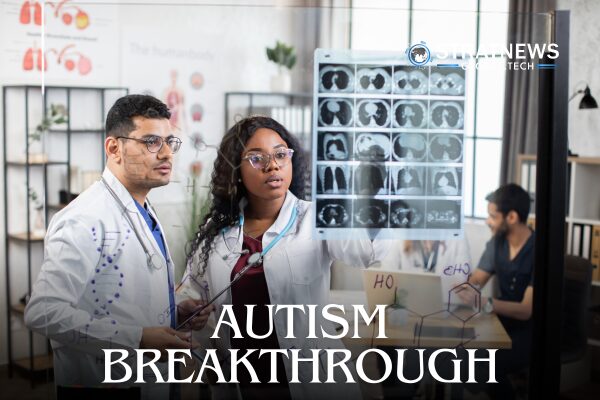Study Identifies Four Subtypes of Autism, Advancing Understanding and Care
The discovery of four distinct autism subtypes marks a significant step in understanding the genetic foundations of autism and improving care for individuals with the condition. Researchers reported these findings in Nature Genetics, highlighting how the subtypes reveal diverse genetic and developmental narratives within the autism spectrum.
Four Distinct Autism Subtypes Identified
According to the researchers, the four autism subtypes are categorised as: Behavioural Challenges, Mixed Autism Spectrum Disorder with Developmental Delay, Moderate Challenges, and Broadly Affected. Each subtype exhibits unique developmental, medical, behavioural, and psychiatric traits, paired with distinct patterns of genetic variation.
The study analysed data from over 5,000 children with autism, aged 4 to 18, and nearly 2,000 of their nonautistic siblings. Researchers assessed around 240 traits in each participant, including social interactions, repetitive behaviours, and developmental milestones.
While certain traits, such as developmental delays and intellectual disabilities, may appear across the subtypes, the genetic differences indicate distinct mechanisms behind similar characteristics.
Genetic Differences Suggest Multiple Narratives
The timing and effects of genetic disruptions on brain development differ for each subtype, researchers found. This suggests that some genetic impacts of autism may begin before birth, while others may emerge as children grow.
“We are not seeing just one biological story of autism but multiple distinct narratives,” said Natalie Sauerwald of the Flatiron Institute in New York, co-leader of the study. She explained that previous genetic studies fell short because researchers were attempting to analyse autism as a single condition, rather than recognising the existence of subtypes.
“It was like trying to solve a jigsaw puzzle without realising we were actually looking at multiple different puzzles mixed together. We could not see the full picture until we separated individuals into subtypes,” she added.
Wearables Show Promise in Monitoring Children After Surgery
Fitness trackers may soon help detect complications in young children recovering at home after surgery, new research suggests.
Currently, surgeons rely on parents or children to report symptoms after discharge, making early detection of complications challenging. Researchers at the Ann & Robert H. Lurie Children’s Hospital of Chicago tested using Google Fitbit devices, modified with new algorithms, on 103 children recovering from appendectomy.
Modified Algorithms Improve Early Detection
Children wore the devices for three weeks post-surgery. The researchers adjusted the Fitbit algorithms to detect deviations from typical circadian rhythms in activity and heart rate, aiming to identify early signs of complications.
The new system proved 91% accurate in flagging early signs of complications, up to three days before doctors would typically diagnose them. Additionally, the devices were 74% accurate in identifying children without complications, according to findings published in Science Advances.
Potential for Real-Time Monitoring
Researchers plan to develop a real-time monitoring system that would automatically analyse data from wearables and send alerts to clinical teams, enabling quicker intervention.
“By using widely available wearables, coupled with this novel algorithm, we have an opportunity to change the paradigm of postoperative monitoring and care — and improve outcomes for kids in the process,” said Dr Fizan Abdullah, study co-author.
This approach could transform post-surgical care for children, ensuring complications are detected and addressed promptly while reducing the burden on families and healthcare providers.
with inputs from Reuters


